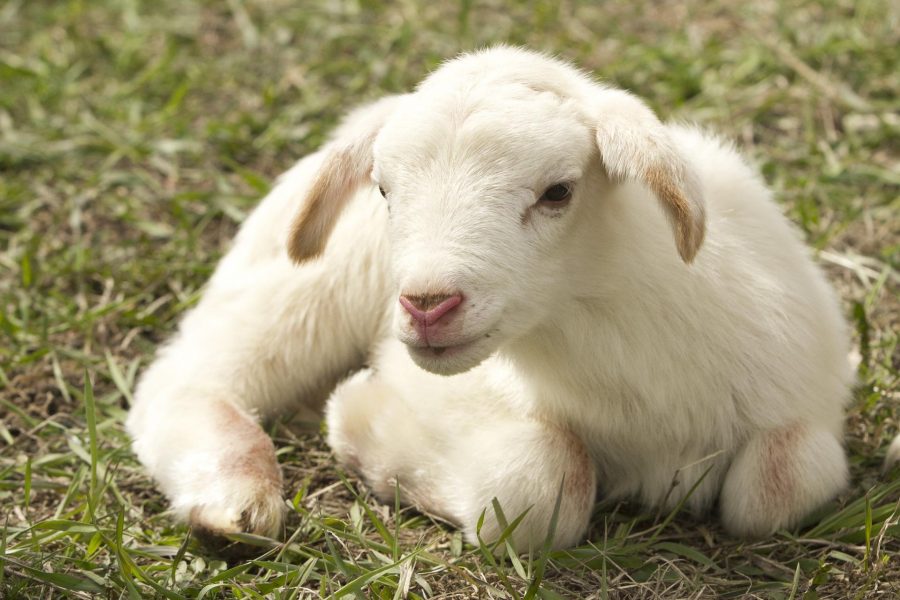The United States Senate recently passed an energy spending bill that would, in part, funnel billions toward agriculture to address greenhouse gas emissions (GHG) from livestock and soil tillage. The goal of this legislation is to bring the U.S. in line with its promised GHG emissions reduction target of 50 percent by 2030.
Agriculture contributes just 11 percent of the total U.S. GHG emissions, making it the smallest contributor of any sector tracked by the Environmental Protection Agency. Research indicates approximately 3 percent of agricultural GHG emissions come from livestock.
The Senate’s passage of the bill is in line with a global push to target agriculture.
Protests in the Netherlands have gone on for months after the government announced a GHG emissions reduction target that would force farmers to significantly reduce pigs, cattle, and chickens on their farms. Ireland also recently announced agricultural GHG emissions reduction goals that have farmers fearful of significant herd reductions.
The Irish government heard from two prominent climate change and agriculture researchers before deciding. Dr. Frank Mitloehner, UC-Davis, and Dr. Myles Allen, Oxford University, were both called upon to answer questions from the Irish parliamentary committee. Each had differing responses on the matter.
Dr. Mitloehner emphasized alternatives that allow farmers to retain their herds: “A constant source of methane does not add to warming. If you decrease methane like we have in California, this reduction of methane leads to a reduction of warming. Methane is only a problem if we ignore it, if we manage it, we can be part of the solution.”
Dr. Allen tried to assuage the fears of Irish farmers, emphasizing the good they would be doing for the environment: “If you reduce a herd, it has the same impact on reducing global temperature as planting a lot of trees, by actively taking CO2 out of the atmosphere. If these reductions were acknowledged, it might go a long way to diffusing farmers’ concerns.”
The U.S. Senate is approved new taxes and increased spending on climate change-related projects. The spending includes $40 billion to the U.S. Department of Agriculture. Half would fund existing conservation programs like Environmental Quality Incentives Program (EQIP — $8.45 billion), Regional Conservation Partnership Program (RCPP — $6.75 billion), Conservation Stewardship Program (CSP — $3.25 billion), and Agricultural Conservation Easement Program (ACEP — $1.4 billion).
A better approach would be fewer taxes and more options for farmers and ranchers to do things differently.
For example, research being done at UC-Davis shows methane emissions from cattle were significantly reduced when seaweed is added to their feed. Results showed that just 3 ounces of seaweed added to the daily diet of both beef and dairy cattle decreased methane emissions by 82 percent without effecting the taste of the meat or milk.
Through public-private partnerships, California’s dairies are capturing methane and turning it into energy. By selling the manure to oil companies for processing in a methane capture tank, both the dairies and oil companies receive credit for carbon off-sets and reduce methane emissions.
Agriculture should be given more credit than it is. Researchers working with U.S. farmers tracking carbon sequestration in the soil and looking at other ways agriculture positively addresses climate change are standing up for agriculture.
Dr. Kaiyu Guan, a climate and agriculture researcher at the University of Illinois said , “I think farmers shouldn’t be blamed, they actually should be incentivized. Not only are they doing this to be part of the solution to help the climate, they are doing this to help their land.”
Climate and agriculture may seem like unlikely bedfellows, but they are inexorably linked. As our communities focus on climate change, it is critically important to remember agriculture is already making positive contributions to our ever-changing climate and look into what it is doing to improve its practices for the future. If feed additives that reduce methane emissions and public-private partnerships to capture what methane emissions do occur are the first steps toward improving agriculture’s carbon footprint, then it is fair to say, farmers are headed in the right direction.
Pam Lewison is a farmer, Pacific Research Institute fellow, and director of the Washington Policy Center’s Initiative on Agriculture.


